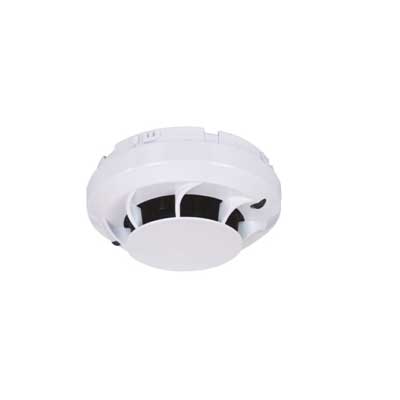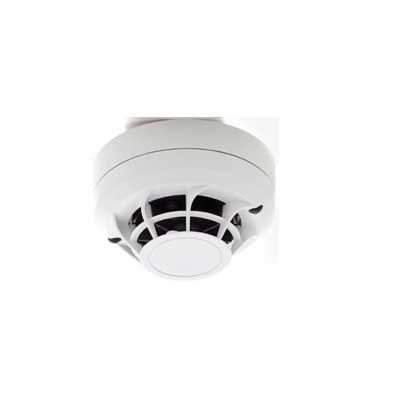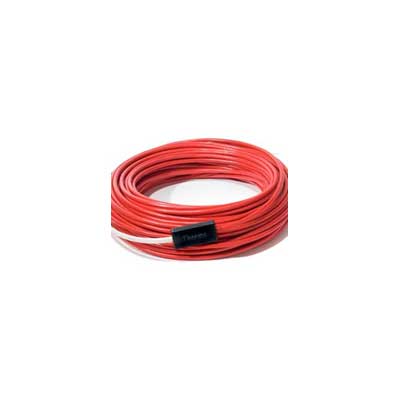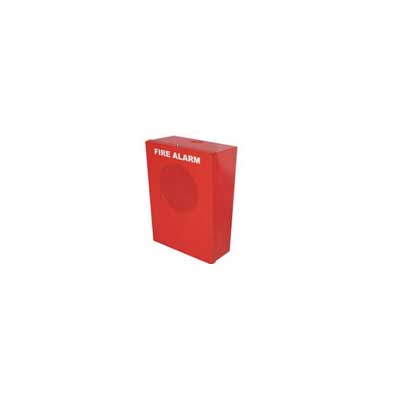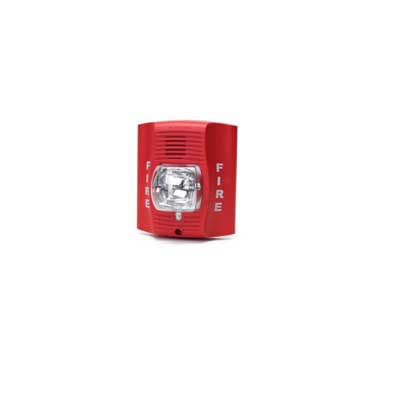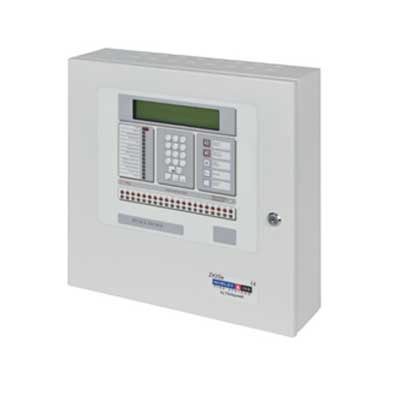
Fire Alarm Control Panels
A Fire alarm control panel (FACP) is the controlling component of a fire alarm system. The panel receives information from devices designed to detect and report fires, monitors their operational integrity and provides for automatic control of equipment, and transmission of information necessary to prepare the facility for fire based on a predetermined sequence. The panel may also supply electrical energy to operate any associated initiating device, notification appliance, control, transmitter or relay. There are Two types of panels: Conventional panels and Addressable panels.Designed for maximum flexibility the control panel is supported by a complete suite of peripherals and software tools. Information on the location offires, faults and system status can easily be displayed or printed in multiple locations. Integration to Voice Evacuation Systems, paging systems and third party control systems is supported through a range of peripheral interface units.

